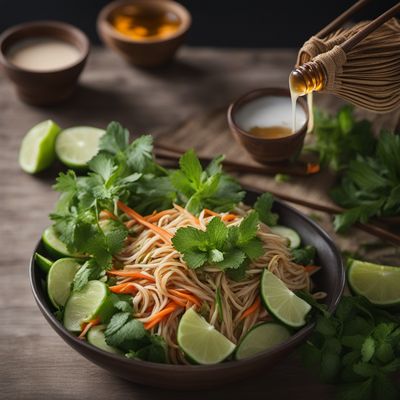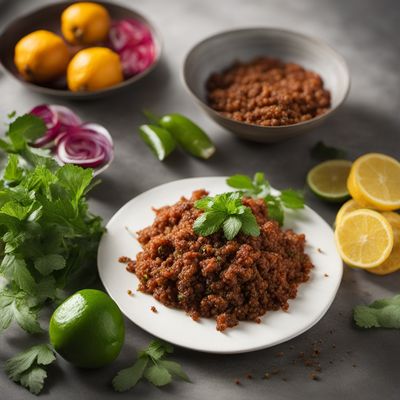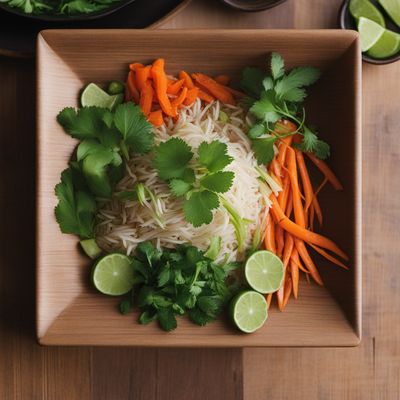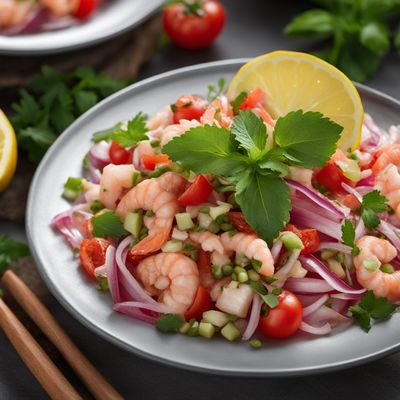
Ingredient
Mammals or birds dried meat
The Savory Essence of Preserved Protein
Dried meat is made by preserving fresh meat through a process of dehydration, which removes the moisture content and extends its shelf life. It has a chewy texture and an intense savory flavor that intensifies the natural taste of the meat. It can be enjoyed as a standalone snack or used as an ingredient in dishes like stews, salads, and sandwiches.
Origins and history
The practice of drying meat dates back thousands of years and has been used by various cultures around the world as a means of preserving food. In ancient times, drying meat was essential for survival during long journeys or harsh winters. Today, dried meat is enjoyed as a convenient and portable snack, particularly in outdoor activities like hiking or camping.
Nutritional information
Dried meat is a good source of protein, essential amino acids, and various vitamins and minerals. It is low in fat and carbohydrates, making it a popular choice for individuals following high-protein or low-carb diets. However, it can be high in sodium and preservatives, so moderation is advised.
Allergens
Dried meat may contain allergens like soy, gluten, or nuts, depending on the seasoning or marinade used. People with specific allergies should carefully read the ingredient list and choose products that are free from allergens.
How to select
When selecting dried meat, look for products that are made from high-quality, lean cuts of meat. Avoid products that contain excessive amounts of sodium or artificial additives. Opt for brands that use natural seasonings and have a reputation for producing flavorful and tender dried meat.
Storage recommendations
To maintain the freshness and quality of dried meat, store it in a cool, dry place away from direct sunlight. It is best to keep it in an airtight container or resealable bag to prevent moisture absorption and maintain its chewy texture. Consume within the recommended shelf life for optimal taste and quality.
How to produce
Producing dried meat at home requires specialized equipment and knowledge of food safety practices. It is recommended to purchase dried meat from reputable sources or trusted brands that follow proper drying and preservation techniques.
Preparation tips
Dried meat can be enjoyed as a standalone snack or incorporated into various dishes. It can be added to stews, soups, or stir-fries to enhance their flavor and provide a protein boost. It can also be used in salads, sandwiches, or wraps for a convenient and flavorful protein source.
Substitutions
Nuts, seeds, or tofu can be used as substitutes for dried meat in vegetarian or vegan recipes. Nuts and seeds offer a crunchy texture and a rich source of plant-based protein, while tofu provides a similar chewy texture and can be marinated to mimic the savory taste of dried meat.
Culinary uses
Dried meat is commonly used as a portable and protein-rich snack, particularly during outdoor activities like hiking, camping, or road trips. It is also a popular ingredient in trail mixes, jerky sticks, and protein bars. In culinary applications, it is used in stews, salads, sandwiches, and as a topping for pizzas or baked potatoes.
Availability
Dried meat is commonly available in most grocery stores, supermarkets, and specialty food shops. It is particularly popular in regions where meat preservation techniques are part of the local culinary traditions, such as North America, South Africa, and Southeast Asia.
More ingredients from this category
Recipes using Mammals or birds dried meat » Browse all

Liangfen with Coconut Milk Dressing
Tropical Delight: Coconut Liangfen

English Summer Berry Delight
Luscious Berry Fool: A Taste of English Summers

Baked Peaches with Amaretto and Mascarpone
Amaretto-infused Baked Peaches: A Delightful Italian Dessert

Classic English Summer Delight
Sunshine in a Glass: A Refreshing Twist on the Knickerbocker Glory

Zambian Fruit Salad
Tropical Delight: Zambian Fruit Salad with a Twist

Pascuense-Inspired Coconut Cranachan
Tropical Coconut Cranachan Delight

Classic English Lemon Syllabub
Zesty Citrus Delight: Classic English Lemon Syllabub

Jamaican Pommerac Chow
Tropical Delight: Jamaican Pommerac Chow

Hmong-Inspired Takoraisu
Savory Fusion: Hmong-Inspired Takoraisu

Jordanian-style Seafood Salad
Savor the Sea: Jordanian-style Seafood Salad

Coconut Fish Curry with Fresh Herbs
Kenyan Coastal Delight: Fragrant Coconut Fish Curry

Bhojpuri-style Tomato and Crab Noodle Soup
Spicy and Tangy Crab Noodle Soup with Bhojpuri Flavors

